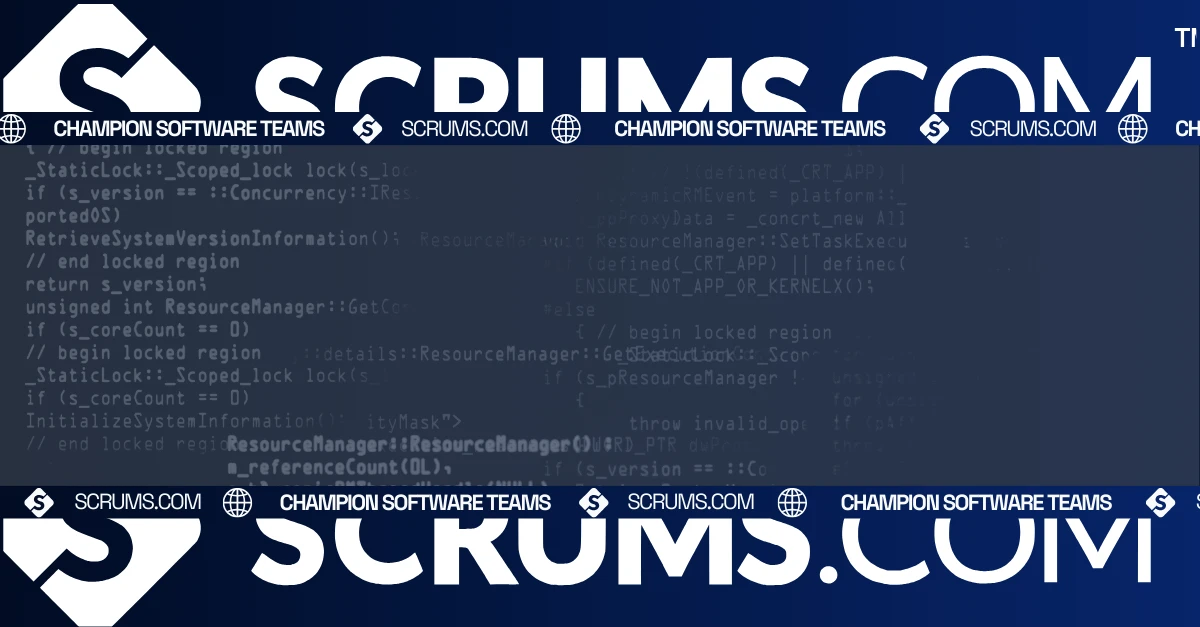CMAK: Cluster Manager for Apache Kafka
Repository Overview
CMAK (Cluster Manager for Apache Kafka) is an open-source tool designed to simplify the management and monitoring of Apache Kafka clusters. Originally known as Kafka Manager, CMAK provides a user-friendly interface to monitor Kafka cluster performance, manage topics, partitions, and brokers, and perform administrative tasks. It is widely used by developers, DevOps teams, and software development companies to optimize Kafka-based systems and ensure stability, performance, and efficient operations in data streaming applications.
Information compiled in September 2024, information is subject to change:
- Stars on GitHub: 11.8K
- Forks: 2.5K
- Contributors: 75
- Last Update: August 2024
Core Features and Benefits
Cluster Management Interface: CMAK allows easy management of multiple Kafka clusters from a single dashboard, providing visibility and control over large-scale deployments.
Topic and Partition Management: Offers a comprehensive interface for creating, deleting, and managing Kafka topics and partitions, including real-time partition reassignment and replica management.
Broker Management and Monitoring: Provides detailed insights into Kafka brokers' status, configurations, and performance metrics, enabling proactive management to ensure cluster stability.
Consumer Group Monitoring: Tracks consumer offsets, lag, and group details, helping teams maintain optimal data flow within Kafka clusters and preventing data processing delays.
Role-Based Access Control (RBAC): Supports role-based access control to manage user permissions and ensure secure access to sensitive Kafka cluster data.
Benefits for Developers:
- Simplifies Kafka cluster management with an intuitive user interface.
- Reduces the need for manual scripts and command-line operations, saving time and effort.
Benefits for Business Stakeholders:
- Enhances operational efficiency, reducing downtime and improving data stream reliability.
- Provides better resource management by offering comprehensive visibility into cluster performance and potential bottlenecks.
Use Cases
Monitoring Kafka Clusters in Production: DevOps teams use CMAK to monitor Kafka clusters in production environments, ensuring data flow stability and quickly identifying potential issues.
Optimizing Data Pipeline Performance: Software development companies rely on CMAK to optimize data pipelines by managing partition sizes, brokers, and topics, ensuring that data streams run efficiently and at scale.
Managing Consumer Lag: Organizations use CMAK to monitor consumer lag and manage consumer groups effectively, preventing data processing delays and ensuring real-time analytics and reporting.
Getting Started Guide
Installation: Install CMAK by cloning the repository and building the project using sbt (Scala Build Tool):
git clone https://github.com/yahoo/CMAK.git
cd CMAK
./sbt clean dist
Configuration: Edit the application.conf file to configure CMAK according to your environment settings, such as Zookeeper and Kafka clusters.
Start CMAK: Run CMAK to start the server:
./bin/cmak -Dconfig.file=conf/application.conf
Documentation and Support: Refer to the official CMAK documentation for detailed guides, configuration settings, and advanced usage.
Community and Support
CMAK is supported by an active community of developers and DevOps professionals. Key resources for support include:
GitHub Issues: For reporting bugs, requesting features, and engaging with the community.
Community Forums: Various forums and discussion groups where developers can collaborate, ask questions, and share best practices.
Official Documentation: Comprehensive resources available on the CMAK GitHub repository.
Integration Possibilities
CMAK integrates seamlessly with existing DevOps and monitoring tools like Prometheus, Grafana, and Datadog. This flexibility allows teams to incorporate CMAK into their monitoring stacks, providing a comprehensive overview of Kafka clusters alongside other system metrics.
Performance and Scalability
CMAK is designed to handle large Kafka deployments, offering scalability to manage multiple Kafka clusters with numerous topics, partitions, and brokers. It can handle thousands of topics and partitions across multiple clusters without significant performance degradation, though performance may vary based on hardware resources and configurations.
Licensing and Security Considerations
CMAK is released under the Apache License 2.0, allowing for free use, modification, and distribution. This permissive license makes it suitable for both open-source and commercial projects. The tool includes support for RBAC to ensure secure management of Kafka clusters, with regular updates from the community to address potential vulnerabilities.
Maintenance and Longevity
CMAK is actively maintained by its contributors, with regular updates and bug fixes available on its GitHub repository. The project’s longevity is supported by a strong community of users and contributors who continuously enhance the tool’s features to keep up with the evolving needs of Kafka deployments.
Alternatives and Comparisons
Confluent Control Center: A comprehensive tool for monitoring and managing Kafka clusters but comes with licensing fees, whereas CMAK is free.
Kafdrop: A lightweight tool for visualizing Kafka topics and partitions, but lacks the extensive management features of CMAK.
Burrow: A monitoring tool specifically for consumer lag but does not provide comprehensive cluster management capabilities like CMAK.
Our Recommendation
Why Choose CMAK? If your organization uses Apache Kafka and needs a robust, user-friendly tool for managing and monitoring Kafka clusters, CMAK is an excellent choice. It provides a wide range of features, is easy to integrate with existing DevOps tools, and is supported by a strong community—all of which are essential for maintaining an efficient Kafka-based data pipeline.
Common FAQs Around this Code Repo
CMAK (Cluster Manager for Apache Kafka) is an open-source tool designed to help manage and monitor Apache Kafka clusters, providing features like topic management, consumer group monitoring, and broker management.
CMAK supports role-based access control (RBAC), allowing administrators to manage user permissions and control access to sensitive cluster data.
Yes, CMAK is designed to manage multiple Kafka clusters with thousands of topics and partitions, making it suitable for large-scale deployments.
Yes, CMAK integrates well with popular monitoring tools like Prometheus, Grafana, and Datadog, enabling comprehensive monitoring and alerting setups.
CMAK is licensed under Apache License 2.0, allowing both personal and commercial use without restrictions.
Explore Software Development Blogs
The most recent trends and insights to expand your software development knowledge.






